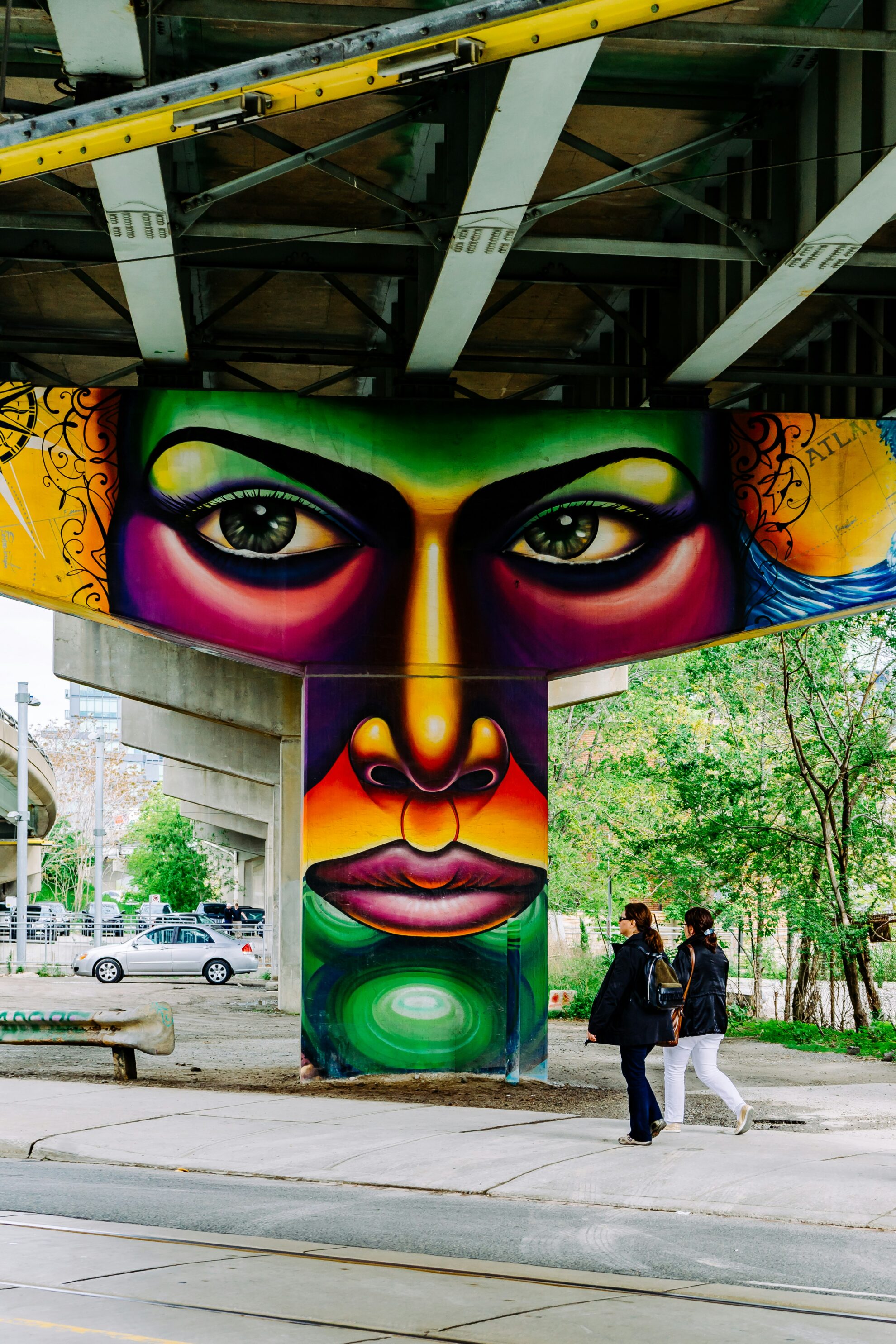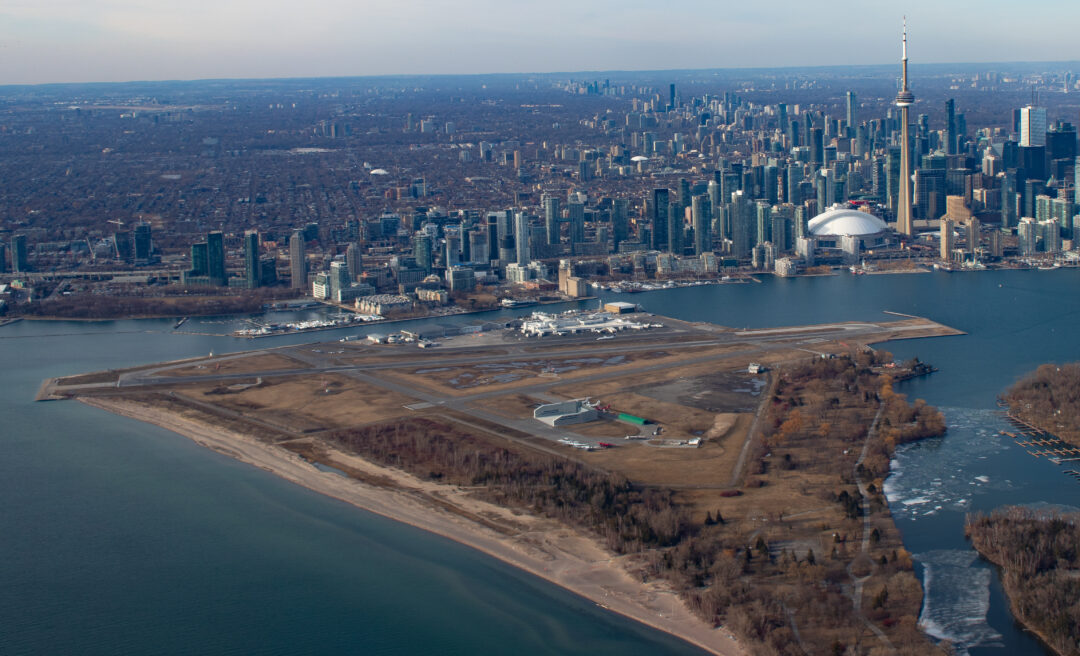Dennis Hanagan –
City Council has voted to start a campaign to create a thousand murals across the city to clamp down on graffiti vandalism. The campaign will partner with business improvement areas, corporations, private property owners and the arts community.
Deputy Mayor Mike Colle made the 1,000-murals motion to the Infrastructure and Environment Committee on May 2. Ward 11 (University-Rosedale) Councillor Dianne Saxe quickly endorsed it, saying “Absolutely. Great idea. We desperately need it.”
City Council approved it three weeks later.
Colle called the spread of graffiti “a virus … exploding on public property, on private property, on belt lines, everywhere.” As a street jogger and runner for years, he said he has never seen graffiti tagging so bad. “It’s gang marking, that’s what it is.”
He also referred to what he called “horrific anti-semitic graffiti” and argued that the spread of graffiti “is the precursor of the deterioration of a neighbourhood.”
Colle said the city will need funding for the campaign “and that’s where we get the corporate partnership and the BIAs working together.”
John Kiru, executive director of the Toronto Association of Business Improvement Areas (TABIA), told the bridge some BIAs are already commissioning murals. They apply for city grants and include the funding in their annual budgets.
He said many artists had it tough through the Covid-19 years, and BIAs want to pay them a fair wage. “These things don’t come cheap,” said Kiru.
A city study many years ago indicated graffiti taggers won’t tag over murals, Kiru said. Residents’ groups often help with mural ideas that reflect the history or aspects of their neighbourhoods.
“There is an amazing amount of expertise in the community both through the historical societies or other groups that have a good idea of the heritage of the area.”
As an example, Kiru cited Islington Village in the Dundas and Islington area, where the BIA has commissioned historical murals. In turn, the murals have been used to create calendars – a mural every month – that publicize the neighbourhood year-round to attract visitors and potential shoppers.
“There’s marketing and a destination opportunity you can build on around murals,” Kiru said.
Kiru welcomed Colle’s motion to create murals to reduce graffiti, but he disagreed with the assertion that all graffiti is gang-related. “Some of it is. [But] some are young artists who want to show a presence.”
He said Toronto Police Services understand what is and isn’t graffiti, “whether it is a tag that’s got some (gang) relation to it, or whether it’s just somebody who feels they’re an artist and want to build a brand and be seen.”
Kiru was asked about banning the sale of spray paint cans, the go-to tool for taggers. (In 1992, Chicago banned spray paint sales to battle graffiti, a move upheld by the U.S Supreme Court. In 2006, London, Ont., imposed a spray paint ban for anyone under the age of 18.)
Kiru said that in the 1990s or early 2000s “there was talk” in Toronto about banning spray paint cans. But it’s not practical, he said.
“There’s a whole industry involved in spray paints. Spray cans are used for a lot of good stuff too,” said Kiru. “It (a ban) sounds good on the surface but implementation would be significantly more difficult than people realize.”
Asked what can be done to prevent graffiti going up, Kiru said that just as taggers have their tools so do anti-taggers.
“Some murals have had a membrane painted over them that prevents paint spray from getting to the base paint, to the mural itself, [so] all you need to do is wash it off. Many of the BIAs wrap [lamp] poles with a branded wrap that prevents stuff from sticking, even tape and posters. All you have to do is brush it and it comes off.”




